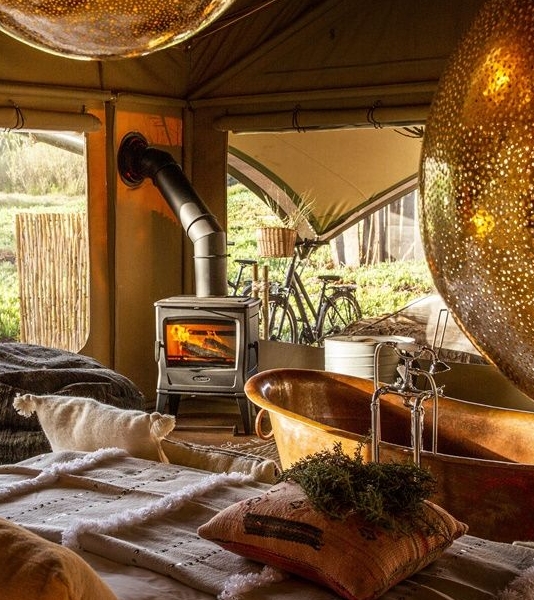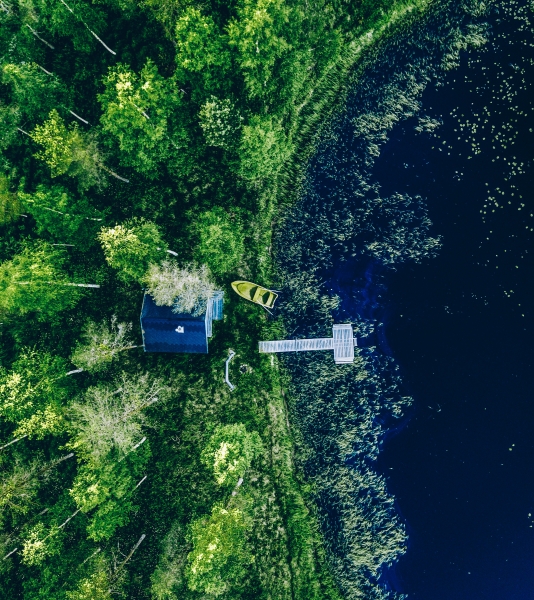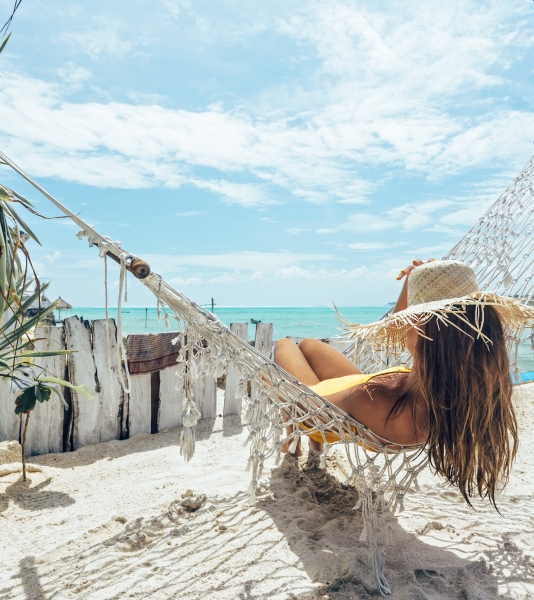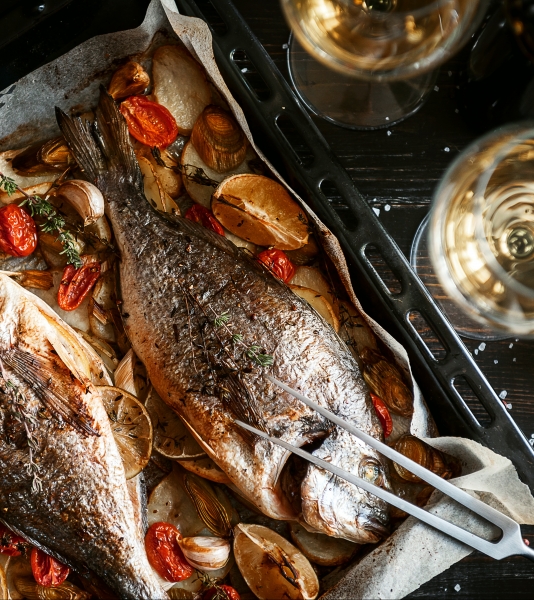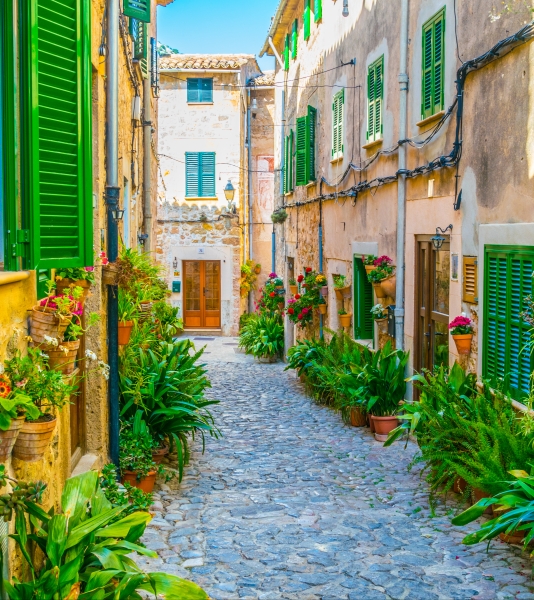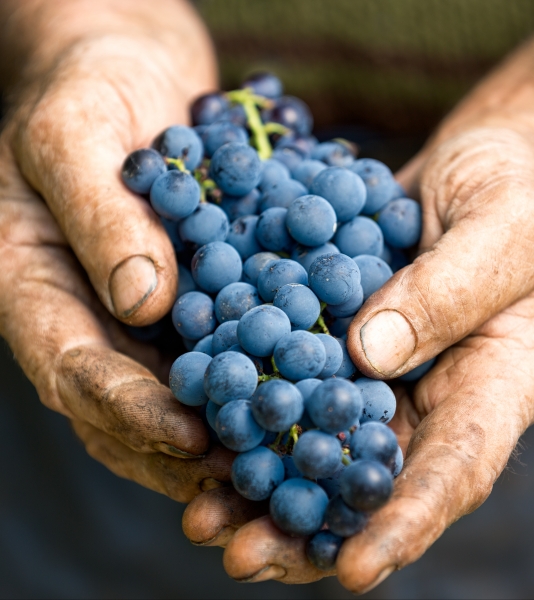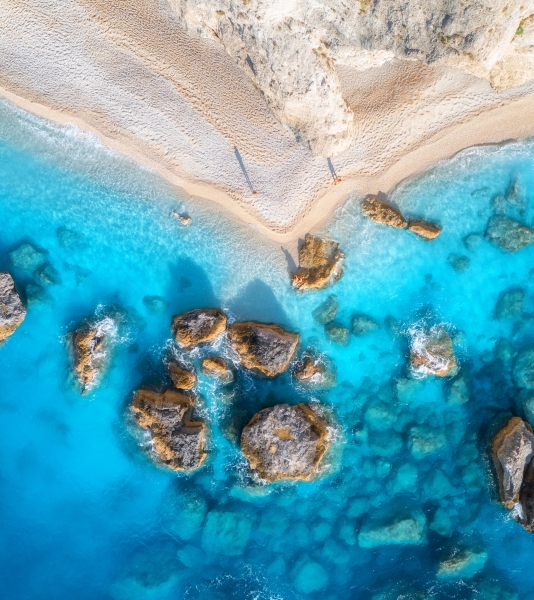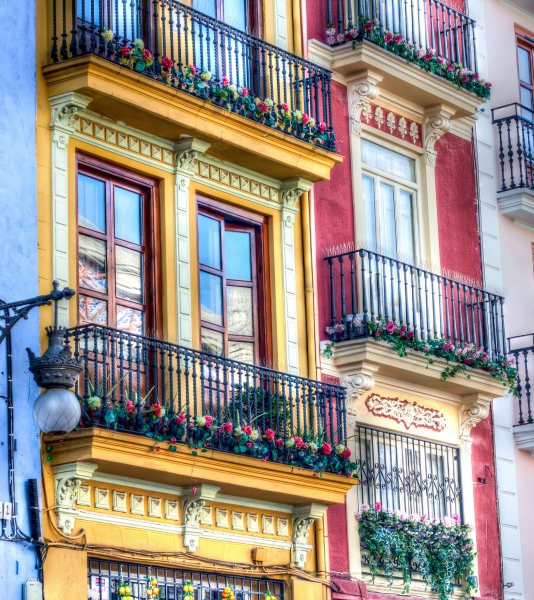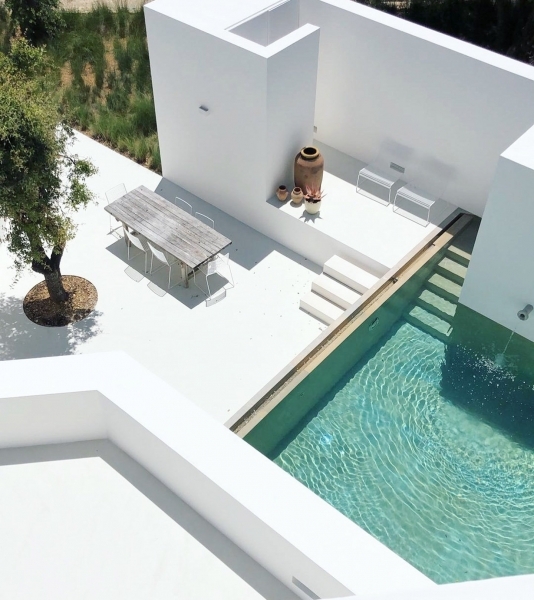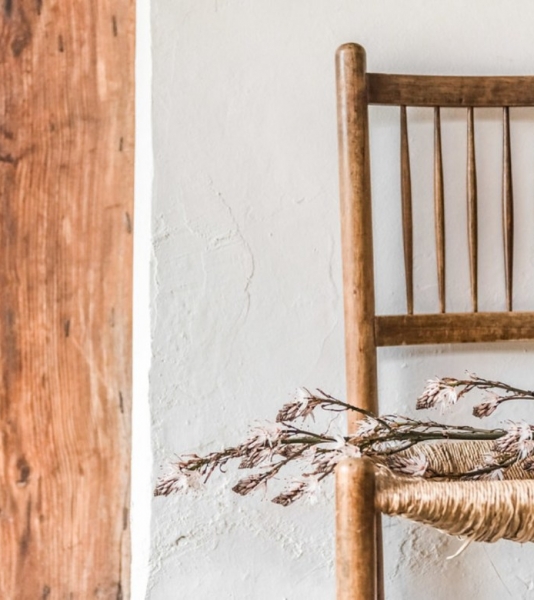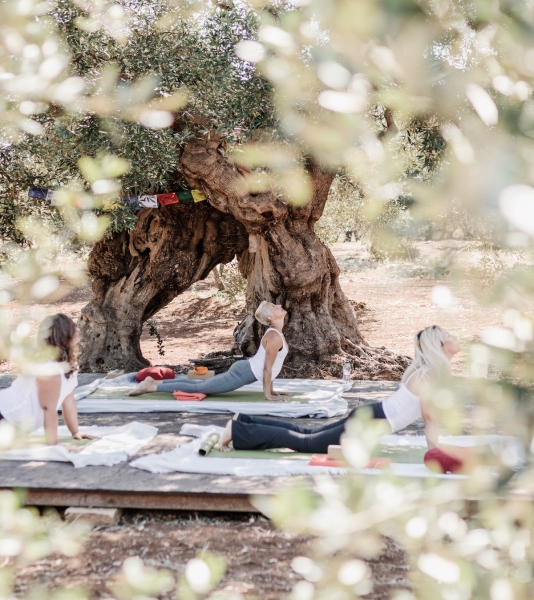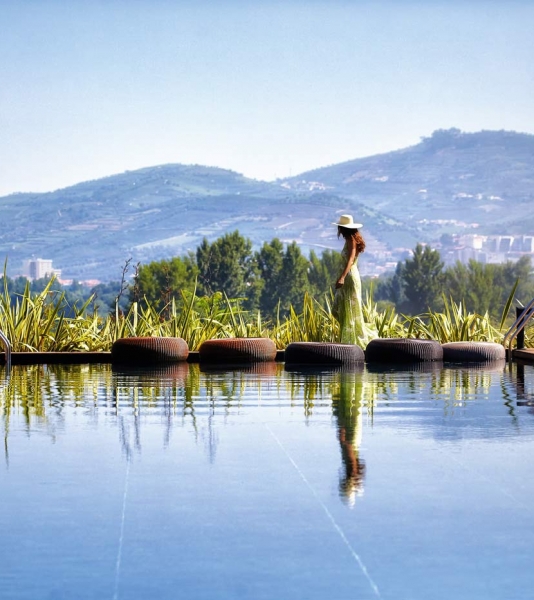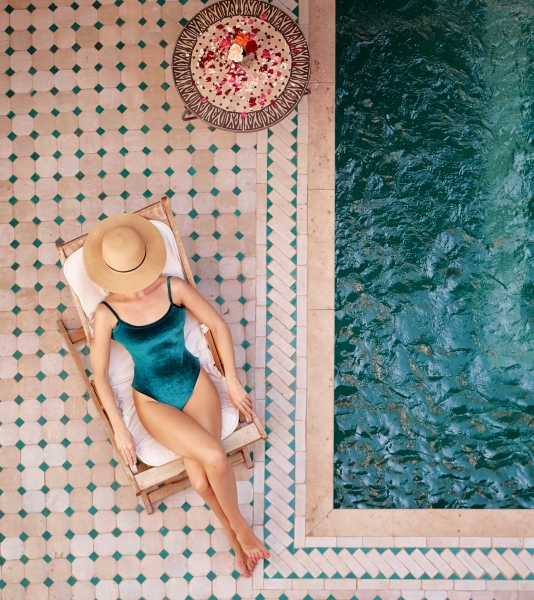Where to stay in Girona?
Girona is a province located in the northeast of Spain, a member of the autonomous region of Catalonia. It is distinguished by its diversity of landscapes, ranging from the impressive beaches of the Costa Brava to the Pyrenees, where it is possible to ski. The province stands out for its rich history, culture and art, with numerous festivals, traditions and archaeological sites to explore. Its architectural heritage ranges from Romanesque and Gothic to modernist constructions, and it has a marked sense of cultural identity, having Catalan as a co-official language along with Spanish.
In terms of nature, Girona is home to places of extraordinary beauty, such as the Cap de Creus Natural Park, the Aiguamolls de l'Empordà Natural Park, and the Garrotxa volcanic area, ideal for outdoor activities such as hiking, cycling and kayaking.
Below, we offer you a guide to help you get to know the area better. If you are interested in vacationing here, be sure to visit our selection of charming accommodations in Girona, available in our updated list. There you will find everything from boutique hotels located in the beautiful towns to charming rural accommodations within the Catalan countryside. We also offer lovely holiday homes near the coast and striking villas with a pool and garden.
- Where to stay in the province of Girona?
- What towns to visit in the province of Girona?
- What sites to visit in the province of Girona?
- Gastronomy in the province of Girona?
Our favorite places and accommodations in the province of Girona
Traditional Catalan buildings known as "masias," are charming stone houses typical of Catalonia, with tiled roofs and wooden details. Their compact design includes small windows and often a covered porch. These rural buildings reflect the agricultural and livestock life, with central fireplaces and functional spaces inside. Girona has a rich variety of charming accommodations that can range from mountain retreats, small hipster B&Bs with a few rooms by the sea, estates in rural houses made of beautiful yellowish stone reflecting the agricultural and livestock life of the region, medieval or fishing villages with small family-charm hotels, and also boutique hotels in modern buildings well integrated with their surroundings.
If you prefer to cook yourself with local products and have a full rental house, there are also small budget houses in beautiful villages, or 5-star villas in the middle of a beautiful garden with a pool. There are also many hotels that offer experiences, such as agritourism where you can live the rural life, being part of the farm's activities, retreats that offer a weekend of yoga and meditation, or simply sleep in a wine tourism where you can do a wine tasting or a gourmet tasting. If you need help, just click on asking for advice and we will try to find you the perfect accommodation.
If you are looking for something special, look at our collections where you can choose by more specific themes.
- Traveling with children in the province of Girona
- The most romantic accommodations for your honeymoon in the province of Girona
- Luxury travel in accommodations and 5-star villas in the province of Girona
- Taking my dog on a trip in the province of Girona
- Low-budget accommodations in the province of Girona
- Getting lost in the countryside in accommodations and rural houses in the province of Girona
- Gourmet getaways in the province of Girona
- Places with spa and yoga to stay in the province of Girona
What cities to visit in the province of Girona?
Alt Empordà
Alt Empordà, the easternmost region of Catalonia and the Iberian Peninsula, is a territory where the Pyrenees fade into the warm waters of the Mediterranean Sea. This area is particularly known for its wind swept and unique landscape. At the heart of this region lies Figueres, a city that blends the traditional with the unconventional, known for hosting some of Catalonia's most prestigious museums, such as the Dalí Theatre-Museum. Beyond its cultural wealth, Alt Empordà boasts stunning beaches along the Costa Brava, such as Portbou, Llançà, Grifeu beach, and Port de la Selva beach, which are true paradises for sun and sea lovers. Among its natural jewels, Empuriabrava stands out with the Aiguamolls de l'Empordà Natural Park, a sanctuary of natural oases with crystal-clear water and golden sand. Within this park, La Rubina and Can Comes beaches are presented as true virgin havens, offering ideal conditions for water sports, with a special focus on kite- and windsurfing. Peralada is known for its castle, casino, and the vineyards surrounding the village, offering a medieval atmosphere that enchants its visitors. Castelló d'Empúries, the former capital of the county of Empúries, has significant medieval heritage such as the Basilica of Santa María, the Old Bridge, and the Ecomuseum-Farinera.
Baix Empordà
Baix Empordà, anchored in the heart of the Costa Brava, unfolds as a vibrant canvas of contrasts and colors, where nature intertwines harmoniously with its historical and cultural heritage. This region, celebrated for its idyllic beaches, secret coves, medieval villages, and rich gastronomy, promises an unforgettable experience marked by beauty and tradition. Among its many jewels, we can find, Begur, which stands out with its imposing medieval castle, offering panoramic views of the Mediterranean and its picturesque coves. The steep streets and colorful houses of this village tell stories of times past, adding a unique character. Pals, perched on a hill, is renowned for its spectacular views, cobblestone streets, and a magnificently preserved Gothic tower, inviting a journey through time with every step.
The village of Peratallada hosts one of the most impressive medieval complexes in Catalonia, with its walls, moats, and stone streets that transport you to medieval times, creating a fairy-tale atmosphere. Calella de Palafrugell, a picturesque fishing village with its white houses and crystal-clear water coves, offers a perfect setting for rest and contemplation, while Tamariu and Llafranc shine for their beautiful beaches and elegant seafront promenades. In Monells and Platja d'Aro, the contrast between medieval tranquility and vibrant nightlife defines the diversity of Baix Empordà, showcasing a full spectrum of experiences, from serenity to cosmopolitan dynamism. Additionally, the region is home to precious small villages like Madremanya, Púbol, and La Pera, living testimonies of the rich Catalan history. Rupià, Parlavà, and Ultramort offer a glimpse into traditional rural life, while Corça and Sant Sadurní de l’Heura unfold rustic charm that enchants its visitors. Cruïlles emerges as a meeting point between history and nature, ideal for those seeking inspiration and tranquility. The interior of Baix Empordà, with its routes for cycling, hiking, and golf, invites you to enjoy nature, while the local markets are a window to the culture and traditions of the region, offering fresh products, crafts, and antiques, and very good food.
La Selva
La Selva, situated to the south of Girona province, derives its name, "The Forest," from its historical abundance of trees. Remnants of this lush past are still found within the Montseny massif and the Sierra de Les Guilleries, forming a complex network of forests. Close to the shoreline, forests of oak and cork oak give way to maritime pines as one approaches the sea. Yet, La Selva's essence extends beyond its verdant landscapes. Its coastline, a former haven of natural beauty, is characterized by a relatively short stretch of seafront hosting towns like Blanes, Lloret de Mar, and Tossa de Mar, each distinguished by a castle that oversees the surrounding area. These beaches, combined with imposing cliffs, provide a striking contrast. Within the heart of La Selva, expansive mountainous terrains unfold, marked by their stark terrain features and dense woodlands.
Here, the Camino de Sant Jaume connects with Montserrat from the border with France, crossing Girona and heading towards Olot. This route is an invitation to serenity, especially when passing through the Susqueda and Sau reservoirs. The plains of La Selva, on the other hand, are a region of communication between Barcelona and Girona, characterized by its flat topography and fertile lands. This area hosts significant population centers and a network of key communication routes. Here, the Camino de Sant Jaume splits into two branches, one heading towards the mountain and another leading pilgrim to Barcelona, crossing a region historically rich in ponds and wetlands.
La Garrotxa
La Garrotxa, a fertile territory formed by valleys, rivers, fields, farmhouses, forests, and small villages that maintain the rural essence of all time. In much of the southern half, more than 40 volcanoes and various lava flows form a gentle landscape with not too many slopes, protected by the Natural Park of the Volcanic Zone of La Garrotxa. However, from the Fluvià river valley northwards, the landscape changes radically; it becomes more abrupt and steep, with abundant ravines and gorges, leading to the Alta Garrotxa, an area declared a Natural Interest Space, just like Collsacabra and the Puigsacalm massif, both located to the west of the region. The valleys of Bas, Hostoles, and Bianya articulate much of La Garrotxa, one of the most forested regions in Catalonia.
The sunny slopes are occupied by holm oak forests. Oak groves predominate in the rest of the areas –in the Olot area, some of holm oak can be seen– and beech forests are found in the wettest sectors. It is worth delving into this landscape, whether on foot, by bike, on horseback, or in a balloon, whether on a dormant volcano or in the wildest mountains, observing butterflies, hearing animals in the middle of the night, discovering beautiful villages, and being in direct contact with nature.
Visit Olot, the main city of La Garrotxa, is famous for its impressive natural surroundings, with the Natural Park of the Volcanic Zone of La Garrotxa as one of its great treasures. Here, visitors can walk through surprising volcanic landscapes and admire volcanic cones, craters, and rivers of petrified lava. Olot is also known for its rich artistic tradition, with numerous local artists who have left their mark on the city. Besalú, known for its medieval bridge and its precise old town. Santa Pau is another treasure, with its beautiful streets and its castle. Additionally, don't miss Castellfollit de la Roca, a village built on an impressive basalt cliff.
Cerdanya
Cerdanya is a fascinating destination throughout the year, both in summer and winter. This mountainous region offers a range of landscapes, lush natural surroundings, historical architecture, and a rich cultural heritage. In this mountainous region, there is a curious place called Llivia, a village located on French soil but is Catalan, with its castle, old town, and the ancient Esteva Pharmacy, one of the oldest in Europe. The summit of La Tosa, with its impressive views, is an ideal destination for those seeking outdoor adventures. Additionally, Puigcerdà, the capital of Cerdanya, will surprise you with its colorful architecture and the beautiful Lake of Puigcerdà. The Cadí-Moixeró Natural Park, one of the largest natural spaces in Catalonia, offers varied vegetation and numerous routes to explore on foot, by bike, or on horseback. Bellver, with its architectural heritage and the rock paintings of the Ingla Valley, is full of history. The Llosa Valley, barely urbanized, is perfect for trail exploration and discovering the beautiful Muga lakes.
Ripoll
Ripoll, located in the heart of the Pyrenees and known as the cradle of Catalanism, is the destination for history and nature lovers. Its iconic Romanesque Monastery of Santa María de Ripoll, the old town of the city, is excellent for hiking and climbing.
Pla de l’Estany's
Pla de l’Estany's main attraction is the impressive Lake of Banyoles, one of the largest natural lakes in Spain. If you want, you can navigate by boat, rowing, or canoeing, or simply stroll along its shores. The old town of Banyoles is beautiful, with cobblestone streets and buildings with a lot of history. Don't miss the Church of Santa María dels Turers and the Darder Museum of Natural Sciences. Additionally, the Banyoles region is good for practicing hiking and cycling.
Girona and its capital
Girona and its capital Girona is the capital of this province, its old town is well known, and it is called "Barri Vell," with very pretty cobblestone streets, historic buildings, and houses by the river in colors. Visit the cathedral, the remains of the wall, the ancient Arab baths, and the famous "Call," one of the best-preserved Jewish quarters in Europe. Another locality to visit in this municipality is Salt near Girona with a great cultural diversity. Here you can explore the Parc de la Sèquia, a beautiful public park, and visit the Casa de la Música. Both cities offer a mix of history and culture worth exploring and can also be toured on foot. Visit our accommodations in the city of Girona.
What is there to visit in Girona Province?
Medieval Towns: There are many towns of medieval origin in Girona, the best preserved is Peratallada, but Pals with its natural environment is not far behind. Others are Besalú, Beget, Tossa del Mar, Santa Pau, Monells and Madremanya and Castelló d'Empúries
Natural Park and Refugio dels Aiguamolls de l'Empordà: This protected area of Upper Ampurdán occupies the municipal boundaries of several towns in Girona, mainly Castelló d'Empúries. With dune systems and marshes, freshwater ponds, rice paddies, cane fields where we find great biodiversity. Numerous species of birds nest in its dunes, and a very characteristic flora.
Fundación Mona: This association rescues abused primates, rehabilitates them and tries to get them back to living happily. Visiting this center means getting to know the animals that live there and their work to raise awareness to protect species that are in some cases threatened.
Parque Aventura Sant Feliu de Guíxols: it is a park in which you can practice hiking, paintball, tunnels, and circuits in the trees. It's fun for children and adults who like outdoor activities
Prehistoric caves of Serinyà: They are the Arbreda, Mollet and Reclau caves. Learn about the Middle Paleolithic up to the Metal Age, with interesting and well-documented visits.
Boat rides on Lake Banyoles
Museo Dalí: Figueras was the home of Salvador Dalí. Dalí Theatre-Museum in Figueres.
Ruinas de Ampurias: in the Gulf of Roses (L'Escala), they form one of the most important archaeological sites on the peninsula. The municipality of Ampurias was founded by the Greeks and passed through Iberian and Roman hands that left their mark on this territory overlooking the sea.
Gastronomy in Girona
Girona's gastronomy stands out for its great culinary dynamism based on the combination of traditional cuisine and avant-garde cuisine, without forgetting its roots and the territory's native products. By having good quality products from the land and sea as a base, it allows restaurants to offer delicious dishes, both traditional and signature cuisine.
We must not forget that many restaurants in this area have been awarded stars by the Michelin Guide, such as El Celler de Can Roca and Massana.
There are several accommodations in the province of Girona in which the food is exceptional, visit our list at: Gourmet Getaways in the province of Girona.
If you wish, you can also visit wine cellars with guided tours such as the Baronia de Vilademuls Winery or Celler Brugarol with Wine and Oil Tasting. Or a guided tour with wine and oil tasting at Mastplana in Garriguella, Girona.
Traditional dishes:
Sea and Mountain: This dish is made with products from the land and the sea, something very common in Catalan gastronomy. In a casserole, pieces of chicken and crayfish are cooked, and leeks, potatoes and aromatic herbs are included with a good broth.
Olot Potatoes: Typical dish of the city of Olot, it consists of a plate of potatoes stuffed with roasted and shredded meat.
Monkfish and shrimp suquet: It is a fish dish based on monkfish and shrimp, with potatoes and peppers.
Anchovies from l'Escala: it is the star product of this area that has a long tradition in the preparation of salted anchovies. If you pass through the area, visit the factories where anchovies are made.
Escudella de pages: It is a soup whose main difference from another is that it contains slices of sausage, chicken or meat. It also contains some vegetables, such as potatoes, leeks or beans and anchovies from l'Escala.
Payesa omelette: It is made like potato omelette, but adding other vegetables such as peppers or tomatoes
Pantumaca: It is simply a good slice of bread, where oil is rubbed on it. garlic and a good seasonal tomato
Catalan Sausages: In Girona they make some very good sausages such as Butifarra, salchichón, fuets, bull, bisbe or paltruc
Xuixo: it is a typical sweet from Girona that began to be made in a pastry shop in the city of Girona in the 19th century. Currently it is very easy to find it in any municipality of the Catalan community.
La Crema Catalana: it is one of the most popular and recognized desserts of this region, perhaps the most widespread internationally. It consists of a cream based on milk and egg with lemon and cinnamon.
Other desserts: Braç de Gitano, Pa De Pessic and Los Panellets
Our collections
Don’t know where to go? Let our collections inspire you.


